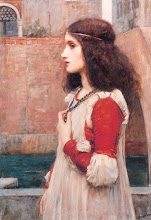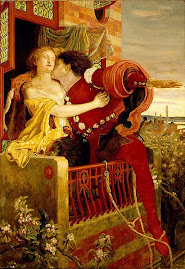-- Pablo Picasso
Sometimes I want to color. Sometimes I want to leave behind the thoughts and worries of my caregiving world with Romeo. I want to color. You know -- with crayons or markers, colored pencils -- just like when we were kids. The thick, dark lines beckon me to color within them while simultaneously tempting me to go out of their boundaries. The colors cry out, "Use me, use me!"
I go to the stash of coloring books kept on hand for my visiting grandsons, who have already outgrown the appeal of crayons (how did THAT happen so quickly?!). I find coloring books, sticker books, paint books full of images of fish, insects, dinosaurs, cartoon characters, cars and trucks. Nothing excites me until I notice what suspiciously looks like a coloring book hidden under a puzzle. And it is a coloring book. I had forgotten about this treasure. It's a coloring book of mandalas. A mandala is a complex type of drawing containing geometric shapes arranged in a circle and often framed within a square border. The mandala design is found throughout the world in various cultures, from the Far East to Native America.
I pull out the coloring book, turn randomly to a page, tear it out of the book, and place it on the table. Crayons, colored pencils, markers? Maybe all three, and maybe some glitter, too. I begin, gently tracing over the bold black lines with a bolder blue marker. My mind immediately begins to wander, relax, imagine, meditate. I am quiet, focused only on my task. The mandala is doing its job.
Unconsciously, I am searching for a quiet place where synthesis and driving energy are one, a place where my difficult caregiving experiences are neutralized, a place of peace where there isn't any trouble. I need a break. I'm looking for a quiet place where the disjoint and the conjoint, the diffused and the concentrated, the visible illusion and the invisible reality of my caregiving life exist together in harmony, a place where all of it makes perfect sense, a place where all of it can simply be.
While coloring the mandala, while filling in its various geometric shapes with different shades of blue and purple and green and yellow, I see that it, this mandala (and indeed, every mandala), is life abridged. At the center is divinity, the simple and naked truth. Moving beyond that divine place of quiet and knowing and being, the human psyche appears and reaches out in all directions. It becomes more complex, reaching an organic roundness, a wholeness I recognize as natural. The square or quadrant formation brings this realization into consciousness. I realize that the human psyche is enhanced by the divine center, as the divine center is enhanced by the human psyche.
Contemplation of a mandala (in this situation, the quiet coloring, contemplation, and worship of it), is said to bring inner peace. The swing from order and chaos and chaos to order in my life with Romeo is not a psychopathic symptom, but a loving contemplation of possibilities and probabilities and action and non-action.
In this act of coloring the mandala, I have once again found meaning within my life, realized its order, and am at peace. Viewing my work, the coloring of the mandala completed, I realize it needs something else, a final touch to finish it off. I grab a can of silver glitter hairspray and spritz it gently over the entire mandala. It's done. Not too much, but just enough glitter. Just enough to remind me that order and chaos and divinity are all the same thing.
For more on mandalas, see:
What Is a Mandala?
Free Mandala Coloring Pages





